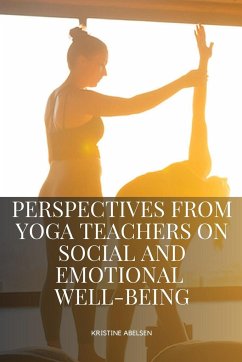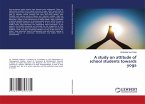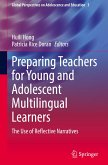Adolescents are prone to mood instability, which can increase the risk of acting-out behavior and poor academic grades. According to Posadzki and colleagues , yoga is described as a way to self-realization, self-exploration, and the ability to control the conscious mind. Adding yoga in school settings may increase academic performance and improve behavior. The purpose of this study was to compare how participating in yoga can affect adolescents' social and emotional well-being. This study was designed to evaluate yoga teachers' perceptions of the effects of yoga on adolescents' social and emotional well-being. The effects of mindfulness and meditation, including increased attention, breath control, and body awareness in relation to yoga, academics, and classroom behavior were also explored. The authors of both quantitative and qualitative studies were used to describe the benefits of using yoga and meditation for improvement in adolescents' social and emotional well-being. Survey data was utilized as a tool to measure yoga teachers' perspectives on how yoga effects adolescents' social and emotional well-being. To be included in the study, yoga teachers had to be at least 18 years old and have at least 1 year of experience teaching yoga to adolescents. A semi-structured survey was distributed through Survey Monkey to 50 yoga teachers, of which 30 completed. All data was collected anonymously.







